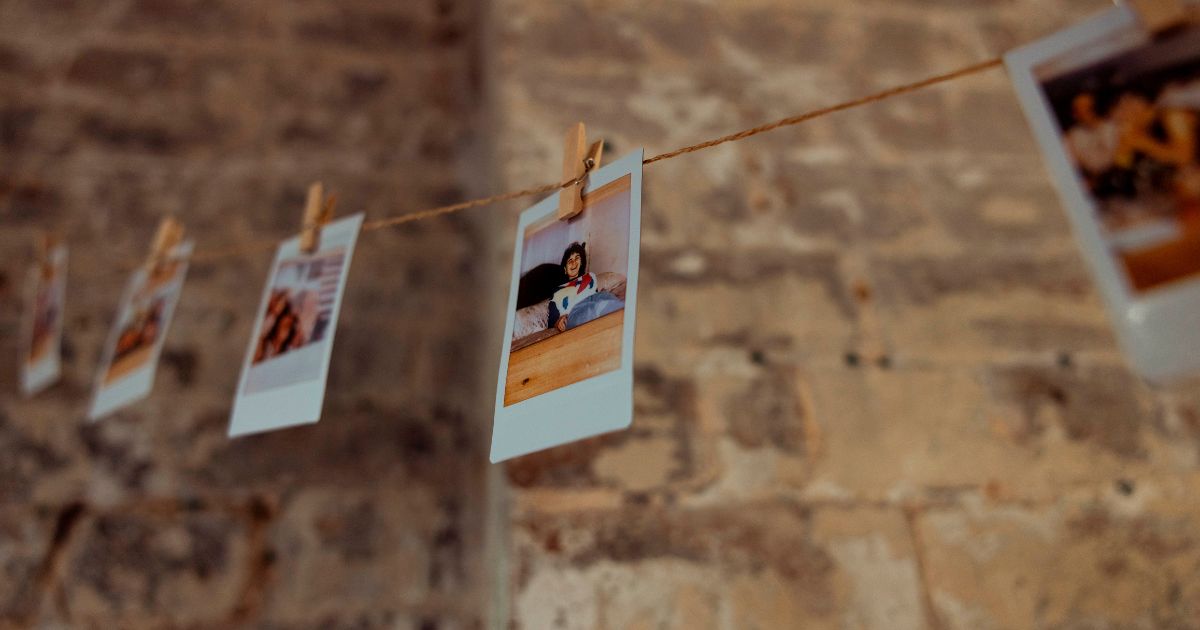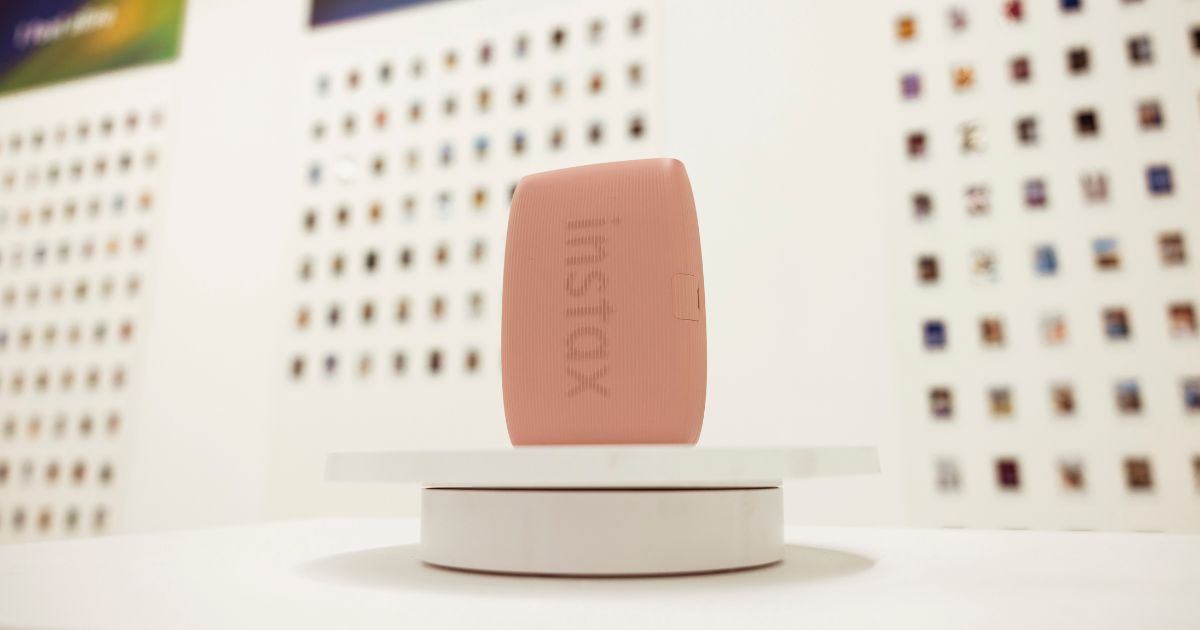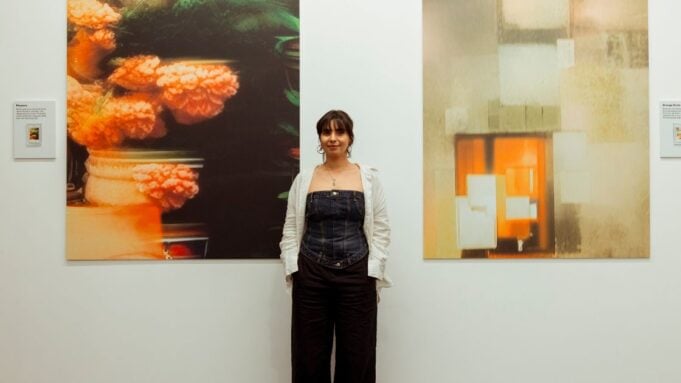In Partnership with Fujifilm
Have you ever gazed at a sunset, caught a child giggling at a drooling puppy, or been in a packed out festival crowd and thought: I wish I could remember this moment forever?
These days, it’s easy to take out a camera and snap a photo. But what about moments from your past that weren’t digitally captured? Your first kiss, first family holiday, or first gig. Most of us have millions of pre-smartphone memories that weren’t Instagrammed and, therefore, are forever filed away in our brain.
What if you could extract and print an image directly from your mind – an actual imprint of what you once saw, felt, and experienced? It sounds like magic. But it’s now a reality thanks to the groundbreaking work of research scientist Dr. Paul Scotti and his team at Princeton Neuroscience Institute, in partnership with the INSTAX mini Link 3.

The project, aptly titled [Mind]ography, is the world’s first experiment that prints reconstructed memories, blurring the lines between science, art, and nostalgia. Through a process involving thousands of brain scans, fMRI technology, and advanced machine learning algorithms, the team was able to literally tap into the mind’s eye.
Nicole Toum, a social worker from Sydney, was the experiment’s first subject. “Like many people, I have childhood memories that weren’t captured,” she says. “I can’t wait to see how they recreate my memories.”
Over the course of the experiment, Nicole’s brain was scanned repeatedly as she looked at images and imagined moments from her past. “We collected roughly 2,000 samples of brain activity,” explains Dr. Scotti. “We fed those inputs into a machine learning algorithm to learn how to connect the brain activity to the images.”
“This is literally cutting-edge, mind-reading research,” he says, not exaggerating.

When Nicole later reflected on her memories, the machine learning model was able to reconstruct what her brain was seeing. The end result? Those memories and emotions were physically printed using the INSTAX mini Link 3, then exhibited at China Heights Gallery in Sydney.
The experiment makes me think about the beauty of printed memories. After all, it’s one thing to capture a moment with a camera, but it’s another to capture – and then share – the unique, visceral, sometimes messy way your mind remembers things.
Sure, most of us aren’t plugging into machines daily to reprint memories from our minds – but we all can rediscover the joy of printing the memories that mean the most to us. Actually feeling it in our hand, sticking it to the fridge, and knowing that memory is now part of the physical world.
The INSTAX mini Link 3 doesn’t need to read your mind to do it, but it will make sure that those moments you love the most can be printed, shared, and cherished forever.
Watch the full [Mind]ography experiment or get your own INSTAX mini Link 3 online now.































